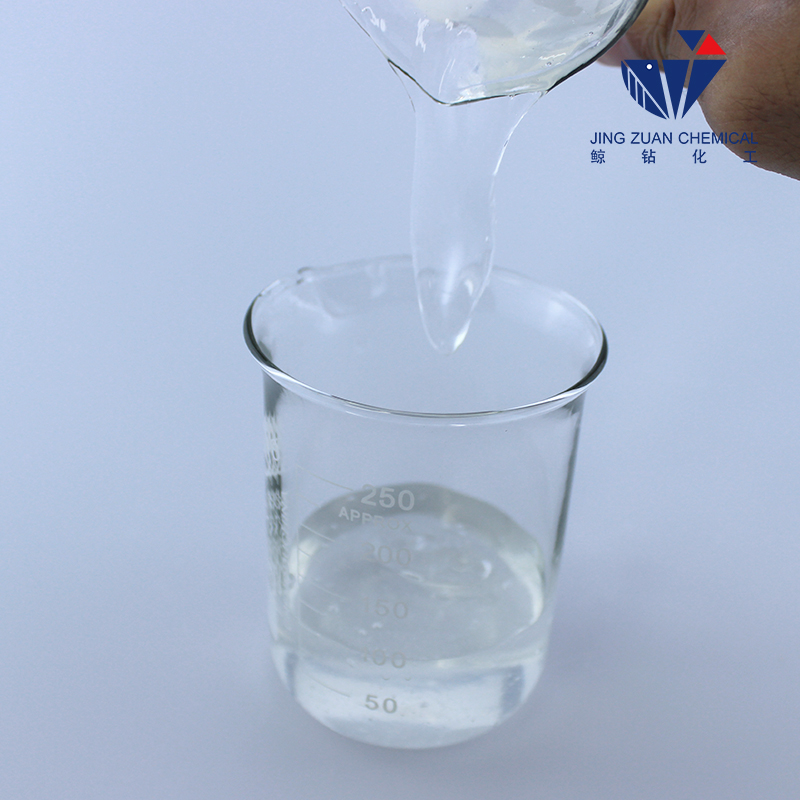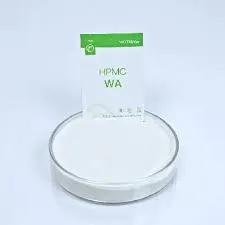
ມ.ຖ. . 09, 2025 22:40 Back to list
Premium RDP Polymer Powder Superior Bonding & Water Resistance
- Fundamentals of Redispersible Polymer Powder Technology
- Technical Advantages of RDP Polymer Modifications
- Performance Data Analysis: Traditional Materials vs RDP-Enhanced Solutions
- Leading Polymer Powder Manufacturers Capability Comparison
- Custom RDP Formulation Strategies for Industry-Specific Applications
- Field Implementation Case Studies Across Construction Segments
- RDP Polymer Innovation Trajectory in Sustainable Building Materials

(rdp polymer)
Fundamentals of Redispersible Polymer Powder Technology
Redispersible Polymer Powders (RDP) represent advanced synthetic binders created through spray-drying vinyl acetate-ethylene (VAE) copolymer emulsions. This process yields free-flowing powders that readily redisperse in water, restoring original polymer properties. When introduced to cementitious systems, rdp polymer
particles form flexible polymer networks that fill microcracks and coat hydration products. Industrial applications leverage these properties for enhanced cohesion, reduced water absorption, and improved deformability. The global RDP market continues 5.8% CAGR growth (2023-2030), driven by demand in tile adhesives, self-leveling compounds, and external thermal insulation composite systems.
Technical Advantages of RDP Polymer Modifications
The incorporation of vae rdp fundamentally alters material behavior at microscopic and macroscopic levels. Polymer films bridge crystalline structures in cement, significantly improving tensile bond strength – typically 200-300% higher versus unmodified mortars. The hydrophobic character reduces water absorption by 60-75% and enhances resistance to freeze-thaw degradation. Flexibility remains paramount: elastic modulus reductions of 30-50% accommodate substrate movement without cracking. Recent innovation focuses on organosilane-modified powders demonstrating 0.45+ MPa adhesion on non-absorbent substrates. For cementitious waterproofing membranes, specialized formulations achieve over 400% elongation while maintaining tensile strength exceeding 1.5 MPa.
Performance Data Analysis
Comprehensive testing validates redispersible polymer powder's superiority across metrics. The following comparison highlights performance differentials in tile adhesive applications:
| Performance Parameter | Unmodified Cement | Standard RDP-Modified | Premium Polymer Powder |
|---|---|---|---|
| Open Time Adjustment Range | None | 15-25 minutes | 30-45 minutes |
| Wet Adhesion Strength (EN 1348) | 0.3-0.5 MPa | 1.0-1.4 MPa | ≥1.8 MPa |
| Flexural Strength Retention (ASTM C348) | 100% Baseline | 130-160% | 200-220% |
| Critical Shrinkage Reduction | 0% | 40-60% | 65-80% |
Modified mixtures exhibit enhanced long-term durability with carbonation resistance improvements measuring 35-50% after accelerated aging cycles.
Leading Polymer Powder Manufacturers Capability Comparison
Major industry participants differentiate through specialized polymer technologies. Wacker Chemie dominates vinyl acetate-ethylene copolymers sector with 20 patent filings annually related to redispersible powders. Their proprietary VINNAPAS® range demonstrates unparalleled consistency with particle size distribution below 5% deviation. BASF focuses on acrylic-modified formulations with significantly lower minimum film formation temperatures (-5°C). Ashland's cellulose-enhanced redispersible polymer powder rdp demonstrate 30% reduction in efflorescence versus conventional products. Regional leaders like Celanese prioritize logistics advantages with seven global production facilities ensuring consistent supply-chain integrity. Shandong-based manufacturers now capture 23% market share through competitively priced ethylene-vinyl chloride copolymer powders for basic applications.
Custom RDP Formulation Strategies
Optimal rdp polymer selection requires precise matching to application parameters. For high-traffic industrial flooring, terpolymer formulations with Tg -7°C provide optimal plastic deformation characteristics. When developing thin-bed adhesives for large-format tiles, formulators incorporate hydrophobing agents directly into polymer backbone for water resistance without external sealers. New-generation self-crosslinking powders achieve cohesive failure patterns exceeding EN 12004 C2 standards. Key customization considerations include:
- Film Flexibility Adjustment: Ether-based plasticizers vs. ester alternatives for permanence
- Water Resistance Optimization: Silane modification levels (0.5-3.0%) balancing cost-performance
- Application-Specific Particle Design: 200μm powders for screeds vs. sub-100μm distributions for grouts
Field Implementation Case Studies
Singapore's Marina Bay Towers project showcased advanced vae rdp performance in 35-story curtain wall installations. Contractors utilized silica-modified polymer powder in cement-based adhesives, achieving sustained 2.0 MPa bond strength despite daily temperature variations exceeding 40°C. At California's high-speed rail network, polymer-modified repair mortars extended service life of concrete viaducts by 12 years versus conventional materials. European ETICS projects report 60% reduction in cracking incidents when premium redispersible powders exceed 4% dosage in base coats. Recent tunnel waterproofing applications in Switzerland demonstrated 300% elongation membranes maintaining integrity during seismic events measuring 6.2 Richter scale.
RDP Polymer Innovation Trajectory in Sustainable Building Materials
The rdp polymer evolution increasingly intersects with circular economy principles. Bio-based vinyl acetate monomers derived from sugarcane ethanol now comprise 12-18% of premium powder formulations without sacrificing performance. Carbon-negative manufacturing processes at three European plants utilize renewable energy and solvent recovery systems achieving 37% CO₂ reduction. The latest patent literature reveals breakthroughs in self-healing RDP containing encapsulated polyurethanes that activate during crack propagation. Industry standards now mandate minimum 25% recycled content eligibility in sustainability certifications, driving development of powders compatible with supplementary cementitious materials.

(rdp polymer)
FAQS on rdp polymer
Q: What is redispersible polymer powder RDP?
A: Redispersible polymer powder RDP is a free-flowing, polymer-based powder derived from dispersions like vinyl acetate-ethylene (VAE). Upon mixing with water, it redisperses to form a film that enhances adhesion and flexibility in dry-mix mortars. It's essential for improving construction material performance.
Q: How is RDP polymer applied in construction?
A: RDP polymer is added to dry-mix formulations such as tile adhesives or renders before hydration. It enhances properties like workability, water resistance, and bond strength. Applications include mortars, grouts, and external insulation systems.
Q: What distinguishes VAE RDP from other RDP polymers?
A: VAE RDP specifically uses vinyl acetate-ethylene copolymers, offering superior flexibility and impact resistance compared to standard RDP types. It provides better adhesion to non-porous substrates and is ideal for demanding environments like cementitious overlays.
Q: What benefits does RDP polymer powder offer in building materials?
A: Benefits of RDP polymer powder include enhanced durability, reduced cracking, and improved flexibility in mortars. It contributes to water resistance, freeze-thaw stability, and overall product longevity, making it cost-effective for construction.
Q: How should redispersible polymer powder RDP be stored safely?
A: Store RDP polymer powder in cool, dry conditions away from moisture and direct sunlight to prevent clumping. Use sealed containers and avoid prolonged exposure; handle with protective gear to minimize inhalation risks during mixing.
-
Versatile Hpmc Uses in Different Industries
NewsJun.19,2025
-
Redispersible Powder's Role in Enhancing Durability of Construction Products
NewsJun.19,2025
-
Hydroxyethyl Cellulose Applications Driving Green Industrial Processes
NewsJun.19,2025
-
Exploring Different Redispersible Polymer Powder
NewsJun.19,2025
-
Choosing the Right Mortar Bonding Agent
NewsJun.19,2025
-
Applications and Significance of China Hpmc in Modern Industries
NewsJun.19,2025







